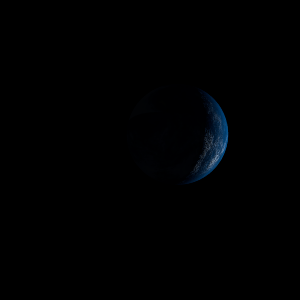|
|
Space Astro
|
Info for exoplanet "Theheto Nusebe"
| Scientific (actual) data |
|---|
| Name | Kepler-63 b |
| Planet status | Confirmed |
| Planet mass | 0.378 |
| Radius | 0.545 |
| Orbital period | 9.43415 |
| Semi major axis | 0.08 |
| Orbit eccentricity | 0.45 |
| Inclination | 87.806 |
| Discovered | 2013 |
| Updated | 2021-02-05 |
| Tconj | 2455010 |
| Impact parameter | 0.732 |
| Publication | Published in a refereed paper |
| Detection type | Primary Transit |
| Alternate names | 2MASS J19165428+4932535 b, K00063.01, KIC 11554435 b, KOI-63 b, KOI-63.01, WISE J191654.29+493253.6 b |
| Star name | Kepler-63 |
| Right ascension | 289.23° |
| Declination | 49.55° |
| Mag v | 12.02 |
| Mag j | 10.399 |
| Mag h | 10.096 |
| Star distance | 200 |
| Star metallicity | 0.05 |
| Star mass | 0.98 |
| Star radius | 0.9 |
| Star age | 0.21 |
| Star temperature | 5576 |
| Star alternate names | TYC 3550-458-1, 2MASS J19165428+4932535, KIC 11554435, KOI-63, WISE J191654.29+493253.6 |
| Wikipedia article | Kepler-63 b |
Back
| |
| Fictional info (?) |
|---|
| Suggested name | Theheto Nusebe |
| Planet type | Warm gas giant |
|
| Atmosphere | Ozone | 97% |
| Hydrogen deuteride (HD) | 2% |
| Molecular hydrogen | 0.0059% |
| Atmospheric pressure | 0.008 bar |
 |
| No known satellites |
| Google search for Theheto nusebe |
|
Website by Joachim Michaelis
|
|
|
|